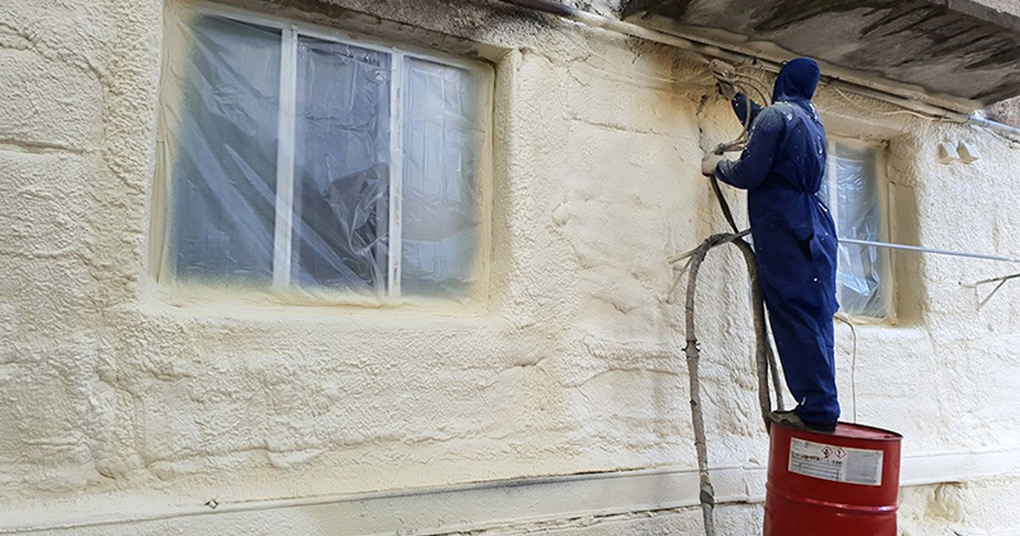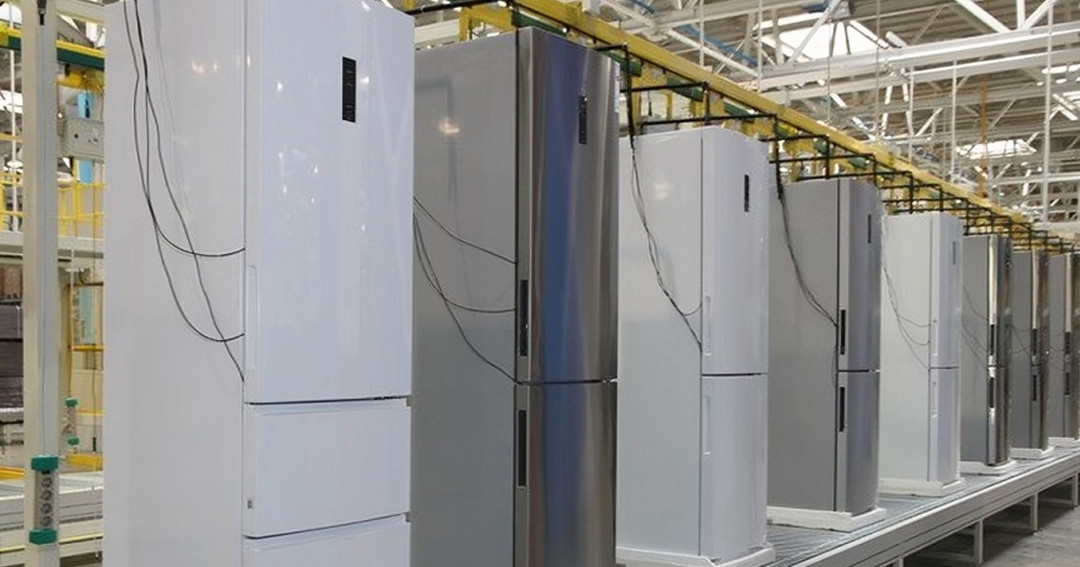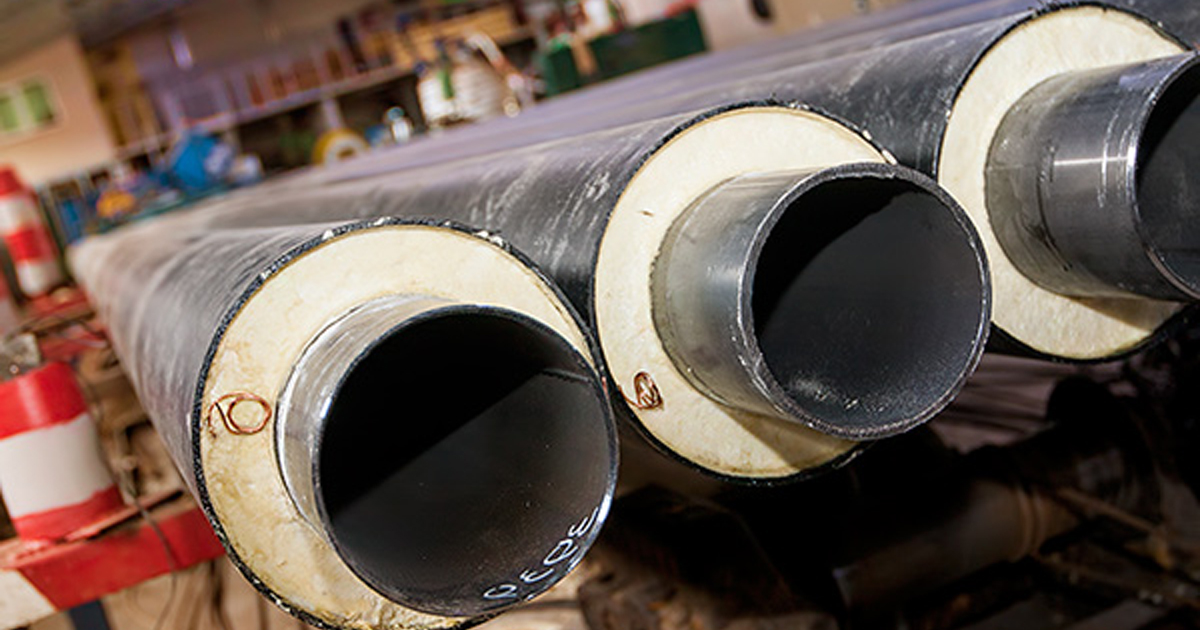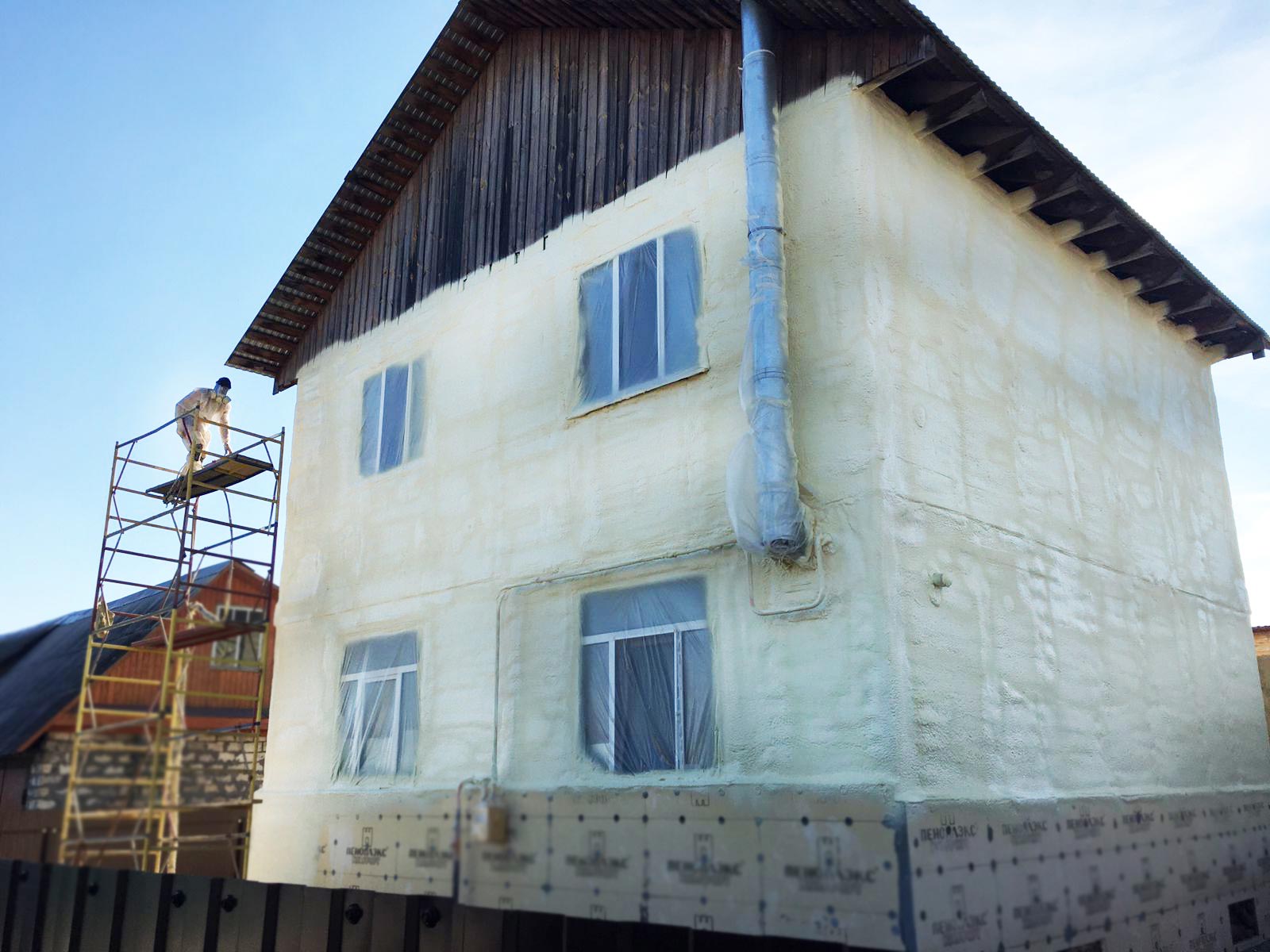Table of contents
However, polyurethane foam is not a single material; it can exist in different forms, mainly categorized into rigid polyurethane foam and flexible polyurethane foam. Each of them has distinct physical and chemical characteristics that make it suitable for specific purposes.
Understanding Rigid and Flexible Polyurethane Foams
Understanding the difference between rigid and flexible polyurethane foams helps manufacturers, designers, and engineers choose the right formulation for their products. In this article, we will discuss the key characteristics, performance differences, and applications of each type, while highlighting the importance of sourcing high-quality polyurethane raw materials from a reliable producer.
Flexible polyurethane foams
Flexible polyurethane (PU) foams are known for their softness, resilience, and ability to recover their original shape after compression. They are open-cell materials, meaning their cell structure allows air to pass through, resulting in flexibility and comfort. This structure makes flexible PU foam ideal for cushioning, comfort layers, and sound absorption.
One of the most common applications of flexible polyurethane foam is in the furniture and bedding industries. It is used for mattresses, sofas, office chairs, and pillows (anywhere comfort and long-term support are required). The automotive industry also relies heavily on flexible PU foam for seating systems, headrests, and interior panels, where both comfort and safety are critical. Additionally, flexible PU foams are used in acoustic panels, filtration systems, and packaging solutions due to their excellent vibration-damping and shock-absorbing properties.
The flexibility of polyurethane foam depends on the types of components used, the mixing ratio of the main components (polyol and isocyanate), and the addition of materials such as blowing agents and catalysts. By adjusting these formulations, manufacturers can create foams with different densities, softness levels, and performance characteristics to ensure consistent quality and reliability in every application.

Rigid polyurethane foams
Rigid polyurethane foams have a closed-cell structure that gives them strength, durability, and great thermal insulation properties. Unlike flexible foams, they are firm, keep their shape under pressure, and don’t compress easily. Their dense cells hold trapped gas inside, which helps block heat transfer. This characteristic makes them perfect for insulation and energy-saving uses.
These PU foams are commonly used in construction, refrigeration, and decorative applications. In buildings and industrial projects, they are applied as panels or spray foam to keep interiors warm or cool, lower energy costs, and prevent moisture buildup. In refrigerators, freezers, and cold storage units, rigid PU foam forms an effective insulation layer that helps maintain stable temperatures and reduces the loss of cold air.
Additionally, rigid polyurethane foams play an important role in the automotive and appliance sectors for structural reinforcement, lightweight parts, and energy-saving components. The exceptional compressive strength and low thermal conductivity of rigid foams make them a preferred material for sandwich panels, pipes, tanks, and even decorative moldings.
The difference between rigid and flexible polyurethane foams
Flexible polyurethane foam has an open-cell structure, which means the tiny bubbles inside are connected. This makes the foam soft, elastic, and breathable. It can easily bend or compress and then return to its original shape, which is why it’s used for seats, mattresses, and sound-absorbing materials. These foams can vary in density; some are very light and soft, while others are denser and provide more support, so density alone doesn’t define whether a foam is flexible or rigid.
Rigid polyurethane foam, on the other hand, has a closed-cell structure where each cell is sealed and filled with gas. This design makes the foam strong, hard, and excellent at keeping heat from passing through. It can keep its shape even under pressure and is used widely for building insulation, refrigerators, and lightweight structural parts. The exact properties of rigid foam depend on how much cross-linking happens in the polymer and the ratio of main components. Like flexible foams, their density can range from lightweight insulation grades to high-density structural types like wood imitation foam, depending on the final use.
Generally, the selection of main components and additives such as catalysts, surfactants, and blowing agents also varies depending on the desired mechanical and physical properties. That defines the foam’s structure and final performance.
Rigid vs. flexible polyurethane foam: A comparison of mechanical and thermal properties
The mechanical and thermal properties of rigid and flexible polyurethane foams define their suitability for different environments/applications; which are discussed in detail as follows:
- Rigid PU foams exhibit high compressive strength, low thermal conductivity (typically between 0.020–0.025 W/m·K), and excellent dimensional stability. Because the cells in this type of foam are mainly closed, they don’t easily absorb moisture. This makes the material highly resistant to water and vapor, which is especially important for keeping insulation systems dry and effective over time. They keep their insulating ability for many years, helping buildings and appliances use less energy and stay efficient over the long term.
- Flexible PU foams, on the other hand, focus more on comfort and flexibility than on strength. They have a lower compressive modulus, meaning they can be repeatedly compressed and still return to their original shape. Their open-cell structure allows air to flow through, which improves breathability and comfort in products like mattresses and seating. Although they are not effective for thermal insulation, they can offer a certain level of sound absorption and vibration damping properties. These make them useful in acoustic and cushioning applications.
Also, it has to be mentioned that the ability to adjust these mechanical and thermal properties highly depends on the use of high-quality raw materials and precise formulation control during production.
Environmental impact and sustainability of polyurethane foams
Modern polyurethane production increasingly focuses on sustainability and environmental performance. The industry is moving toward low-VOC formulations, eco-friendly blowing agents, and recyclable materials to reduce environmental impact.
Rigid PU foams contribute significantly to global energy savings by improving insulation efficiency in buildings and appliances.
Using polyurethane foam helps save energy over time because it keeps heat in or out more effectively. Meaning that the energy you save by using the foam is much greater than the energy used to make it. Moreover, innovative recycling methods such as chemical depolymerization and mechanical grinding are emerging to reprocess polyurethane waste into usable materials.
Flexible PU foams are also being reformulated with bio-based polyols derived from renewable sources like vegetable oils. This approach can reduce dependence on fossil-based raw materials and enhance the sustainability profile of the end product.
Choosing the right foam for your project
Selecting between rigid and flexible polyurethane foam depends on the requirements of your application. For example, if the goal is thermal insulation, structural stability, or lightweight strength, rigid polyurethane foam is the ideal choice. It offers superior insulation performance, excellent load-bearing capability, and long-term durability, making it suitable for construction panels, cold storage systems, and pipe insulation.
In contrast, if your project requires comfort, cushioning, or flexibility, flexible PU foam is the better option. Its resilience, softness, and shock-absorbing properties make it perfect for furniture, bedding, packaging, and automotive seating.
However, choosing the right type of foam is important, but it’s just one part of the process. The performance of the final product also depends greatly on how good the raw polyurethane materials are and how much knowledge and experience the supplier has in producing them. Companies like Imen Polymer Chemie provide not only high-quality raw materials but also technical consultation, formulation customization, and process support to ensure each customer’s product meets specific performance and production goals.
Buy high-quality rigid and flexible PU foams
Whether you need rigid or flexible polyurethane systems, sourcing reliable raw materials is key to ensuring product consistency, durability, and efficiency. Poor-quality materials can result in irregular foam structure, poor cell uniformity, or inconsistent physical properties, which can alter performance and long-term durability.
Imen Polymer Chemie, as a leading polyurethane raw material manufacturer, provides a comprehensive range of polyols, isocyanates, catalysts, and additives for both rigid and flexible PU foams. With over two decades of expertise and an extensive R&D department, we develop customized formulations that match the specific environmental and processing conditions of each client.
Our technical team offers full application support and training, ensuring that every customer can achieve maximum efficiency, minimal waste, and optimal foam quality. Whether you are producing insulation panels, furniture foam, or specialized industrial components, Imen Polymer Chemie delivers the consistency and innovation that define high-performance polyurethane systems.
Conclusion
Both rigid and flexible polyurethane foams are indispensable materials in today’s industries, each serving unique purposes based on their structure and performance. Rigid PU foams provide perfect thermal insulation and structural integrity, while flexible PU foams show great comfort, cushioning, and acoustic characteristic.
Choosing the right foam depends on your project’s specific requirements, but success also depends on working with a trusted supplier. With its advanced technology, high-quality raw materials, and expert consultation, Imen Polymer Chemie stands as a reliable partner for manufacturers worldwide seeking durable, efficient, and customizable polyurethane solutions.
By combining technical excellence with customized services, we continue to support innovation in wide range of industries, shaping a more comfortable, energy-efficient, and sustainable future with every formulation.









